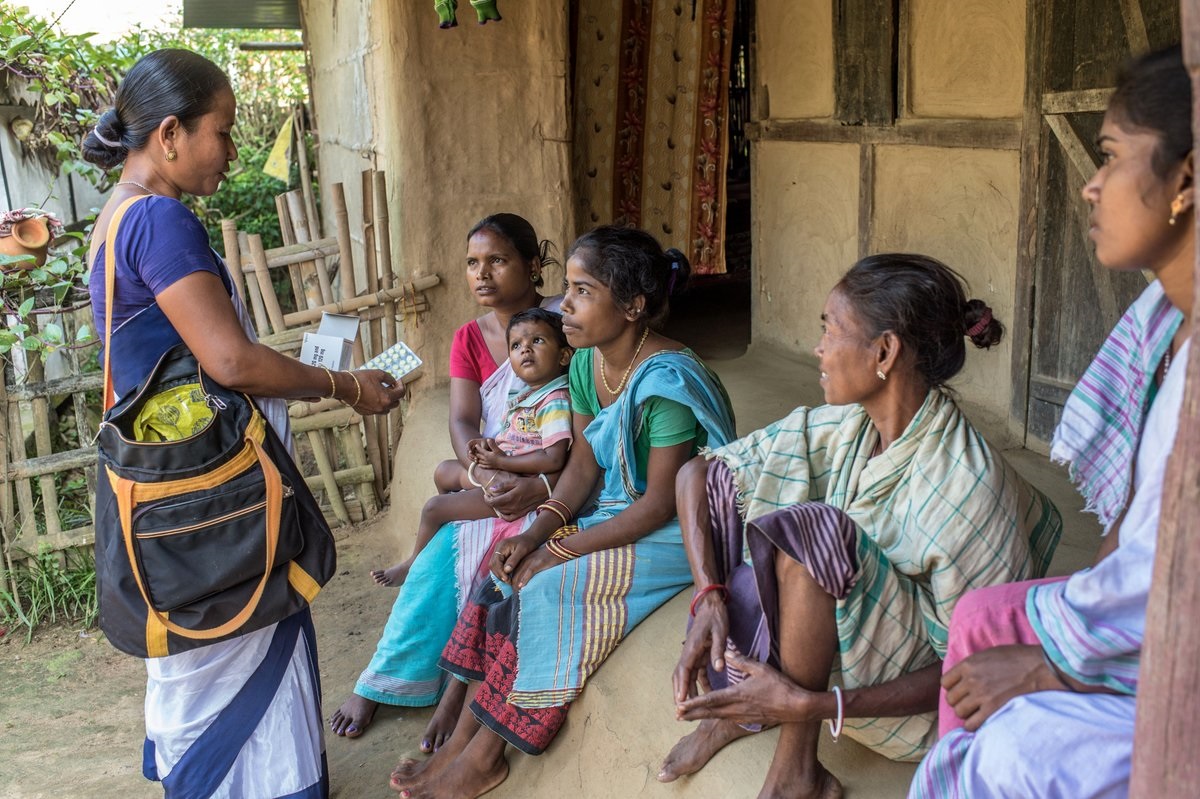Preventive TB
Overview
RC 72 endorsed the South-East Asia Regional Action Plan on Programmatic Management of Latent Tuberculosis Infection
Latent tuberculosis infection (LTBI) is a state of persistent immune response to stimulation by Mycobacterium tuberculosis antigens without evidence of clinically manifested active TB. Although individuals with LTBI do not have active TB disease, they may develop the disease in future, making the person ill and putting them at risk of passing the infection to other people. The WHO End TB Strategy requires diagnosis and treatment of LTBI at a wider scale along with concerted eff orts of management of all forms of active TB diseases to accelerate the decline in TB incidence. Such a combined package of curative and preventive treatment of TB is cost-eff ective in decreasing the rate of TB incidence, disability-adjusted life years (DALYs) averted and lives saved. The targets committed to by Member States as part of the Political Declaration at the United Nations High-Level Meeting (UNHLM) on TB (September 2018) include treating 40 million patients with TB and 30 million people with LTBI by 2022. World Health Organization (WHO) updated the guidelines for programmatic management of LTBI in 2018 to assist Member States in strengthening their capacities and systems to tackle LTBI with shorter and safer treatment regimens. Member States in the South-East Asia (SEA) Region have also made commitments to mobilize additional resources to enhance TB preventive treatment (TPT) in their respective countries.







